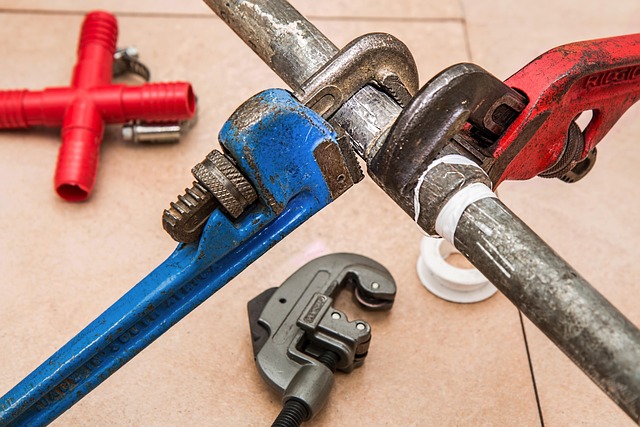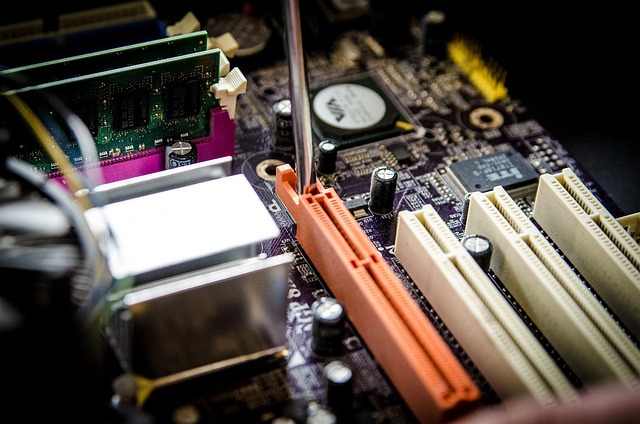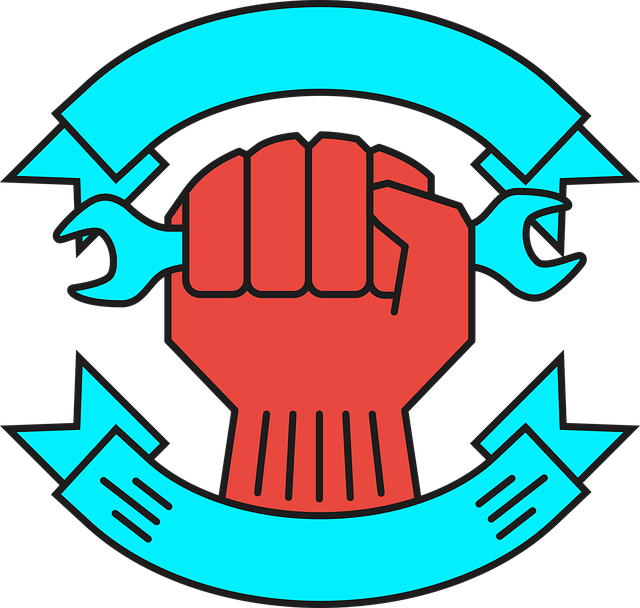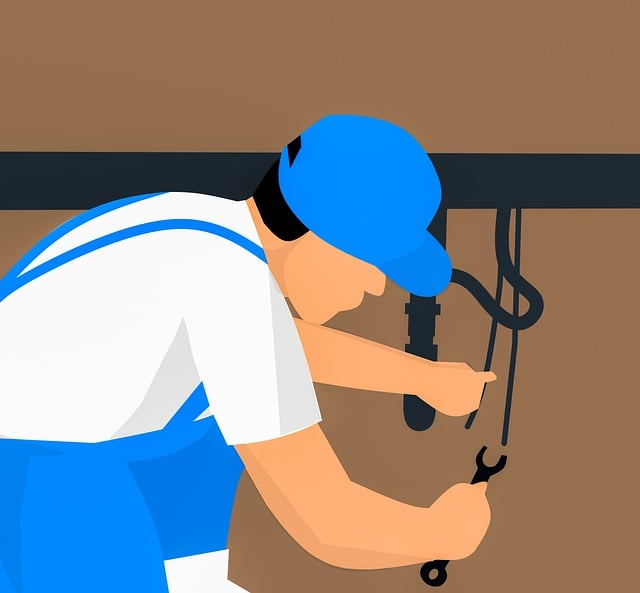Assess drain severity for DIY or professional repair. Gather tools and protective gear. Remove obstructions using specialized tools. Inspect for damage and potential pipe repair service needs. Test water flow after repairs. Implement regular maintenance and prevent clogs with proactive care. Consider routine pipe repair service check-ups for early issue detection.
Unclogging a drain pipe is a common home maintenance task that can be tackled with the right approach. This article guides you through fixing a clogged drain step by step, ensuring your pipes are free-flowing again. From assessing the severity of the blockage to testing water flow after repair, we cover it all. Learn how to gather essential tools and materials, remove obstructions safely, and prevent future clogs to avoid costly pipe repair services.
- Assess the Clogged Drain's Severity
- Gather Essential Tools and Materials
- Remove Obstructions from the Pipe
- Inspect and Repair the Pipe
- Test Water Flow Post-Repair
- Prevent Future Drain Clogs
Assess the Clogged Drain's Severity

Before diving into the solution, it’s crucial to assess the severity of the clogged drain. Start by observing the water flow – if it’s a minor clog, water might still drain slowly but steadily. However, if water is backing up or filling the sink/bathtub, the blockage is likely more significant and requires immediate attention. This initial evaluation helps determine the scale of the problem, guiding you towards the right approach for pipe repair service.
Regular maintenance can prevent most clogs, so learn how to check for pipe leaks and perform a gas pipe inspection at home. For instance, copper pipe repair techniques might be needed if corrosion is the culprit. But for everyday clogs, simple household remedies like baking soda and vinegar or more mechanical methods using a plumber’s snake can often clear the drain without professional intervention.
Gather Essential Tools and Materials

Before tackling a clogged drain pipe, it’s essential to gather the right tools and materials for the job. This includes a plunger (ideally one designed for heavy-duty use), a set of pliers or channel locks, a wrench suitable for your pipe size, and a good quality pipe repair kit containing epoxy or silicone sealants. Don’t forget protective gear such as gloves and safety goggles to shield yourself from any splashes or debris. If the clog is particularly stubborn or deep within the pipes, consider enlisting the help of an emergency plumber Bromsgrove, who can provide expert assistance for even the most challenging pipe repair service.
Additionally, having a few emergency drain unclogging solutions on hand, such as baking soda and vinegar mixed with hot water (a popular natural remedy), can offer quick relief for minor blockages. While these methods are useful for temporary fixes, copper pipe repair techniques require more specialized tools and knowledge to ensure long-lasting solutions. Remember, a well-equipped toolkit is the first step towards successfully unclogging your drains and avoiding future clogs.
Remove Obstructions from the Pipe

When addressing a clogged drain pipe, one of the initial and most effective steps is to remove any obstructions within the pipeline. This can often be the primary cause of drainage issues. Start by inspecting the drain for any visible debris like hair, grease buildup, or foreign objects that might have caused the blockage. Using a plumber’s snake or a similar tool, carefully clear these obstructions. These tools are designed to reach deep into pipes and dislodge or extract clogs without damaging the pipe itself.
For more severe cases where manual clearing isn’t effective, consider enlisting the help of a professional pipe repair service. A rated plumber from Bromsgrove, for instance, can employ advanced techniques like high-pressure water jets to break up and remove stubborn clogs. Additionally, they may also assess the overall condition of your pipes and provide solutions for damp proofing pipes, preventing future blockages, and ensuring long-lasting pipe repairs.
Inspect and Repair the Pipe

After successfully clearing a blocked drain pipe, it’s crucial to thoroughly inspect the affected area for any signs of damage or pipe repair service needs. This involves checking for cracks, corrosion, or other polyethylene pipe issues that might have contributed to the clog or gone unnoticed until now. Identifying these problems early can prevent future clogs and costly repairs.
If you spot any fixing PVC pipes concerns, don’t hesitate to contact a professional commercial plumbing service. They possess the expertise and tools to assess and fix a wide range of pipe issues, ensuring your drainage system remains efficient and reliable. Regular maintenance by a skilled plumber can significantly extend the life of your pipes and prevent recurring clogs.
Test Water Flow Post-Repair

After successfully repairing your clogged drain pipe, one crucial step remains – testing the water flow to ensure the issue has been fully resolved. Turn on the tap closest to the repaired area and observe the water pressure and flow rate. The water should gush out smoothly without any blockages or slowdowns. If you notice any anomalies, it might indicate that the repair is incomplete or another part of the pipe system is causing the blockage.
Regularly checking your pipes for leaks and clogs, as well as utilizing effective copper pipe repair techniques when needed, can help prevent future damage and maintain smooth water flow within your property. Commercial plumbing services often emphasize the importance of regular maintenance to avoid costly and time-consuming repairs in the long run, ensuring a reliable and efficient pipe repair service.
Prevent Future Drain Clogs

After successfully unclogging your drain pipe, preventing future clogs is crucial to avoid costly and disruptive pipe repairs. Start by regularly maintaining your plumbing system to keep it in optimal condition. This includes using a drain cover or trap to catch hair, grease, and other debris before they enter the pipes. Additionally, avoid pouring grease down the sink or flushing non-biodegradable materials like wipes or sanitary products, which can build up over time and cause clogs.
Consider hiring a professional pipe repair service for regular check-ups and maintenance. Plumbers are trained to identify potential issues before they become major problems, such as gas pipe leak safety concerns. Restoring flooded pipes due to clogged drains is more manageable when proactive measures are taken. By being mindful of what goes down your drain and scheduling routine inspections, you can significantly reduce the likelihood of future clogs, ensuring a smooth-running plumbing system.
Fixing a clogged drain pipe is a manageable DIY task with the right approach. By carefully assessing the severity of the blockage, gathering necessary tools and materials, removing obstructions, inspecting and repairing the pipe as needed, testing water flow afterward, and implementing preventive measures to avoid future clogs, you can effectively tackle this issue. Remember, if the clog persists or is beyond your comfort level, a professional pipe repair service is always an option.
